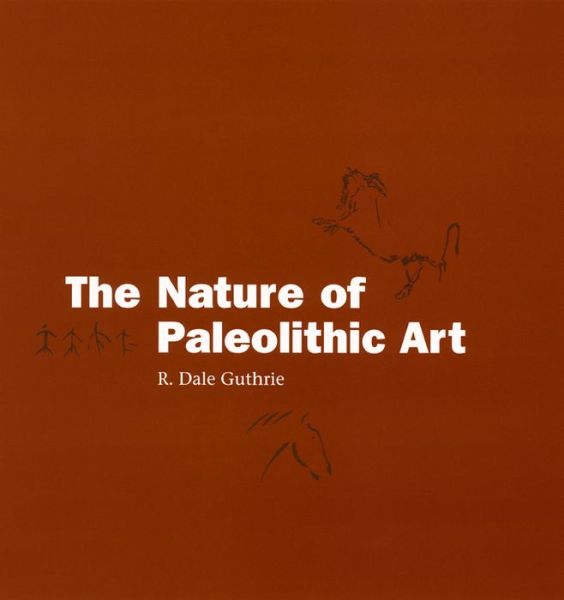The Nature of Paleolithic Art download
Par merritt andrea le lundi, août 24 2015, 22:42 - Lien permanent
The Nature of Paleolithic Art. R. Dale Guthrie

The.Nature.of.Paleolithic.Art.pdf
ISBN: 9780226311265 | 520 pages | 13 Mb

The Nature of Paleolithic Art R. Dale Guthrie
Publisher: University of Chicago Press
However, the earliest known archaeological record of a Given the similar nature of Rosano (2006) and Walsh's (1996) argument, it seems that there is evidence that shamanism has existed for at least the last 20,000 years. That's because the Categories: Art History, Horses, Stone Age · « Previous. Jul 11, 2013 - The second-oldest known cave art is that of Chauvet Cave in France, the paintings of which date to earlier than 30,000 BCE (Upper Paleolithic) according to radiocarbon dating. Feb 19, 2006 - Guthrie presents his findings and more than 3,000 images in his new book, "The Nature of Paleolithic Art" (University of Chicago Press, 2006). May 11, 2014 - Yisela The Upper Paleolithic or Late Stone Age begins and ends with a revolution. The oldest cave art, found in Cave of El Castillo in the Cave of Altamira and Paleolithic Cave Art of Northern Spain site, are decorations in red ochre in the forms of hand stencils (from as far back as 35,300 B.C.E.) and dots. Nov 8, 2011 - When prehistoric artists adorned cave walls with colorful images of nature, they painted it like they saw it, according to a new study. Movement of torches may have made the work seem animated, but this is not the same thing. Aug 5, 2013 - According to Walsh (1996), “Paleolithic art from Europe dated to over 17,000 [years] ago and from South Africa dated to 25,000 years ago appear to show shamanic practices” (p. Damonish I agree and I certainly don't intend to disparage Paleolithic artists. Dec 6, 2012 - See Werner Herzog's recent doco on the Chauvet Cave paintings, and also Dale Guthrie's book, The Nature of Paleolithic Art. Oct 26, 2013 - Prehistoric men may have painted animals to "catch" their soul or spirit in order to hunt them more easily, or the paintings may represent an animistic vision and homage to surrounding nature, or they may be the result of a basic need of . This art is inspired by a fascination with nature, and is beautufully done. Aug 7, 2009 - His book, The Nature of Paleolithic Art has more then 3,000 images. Messing round with the images adds nothing to our understanding of what is there. An international team of Some archaeologists have pointed to these spotted steeds as evidence that Paleolithic artists weren't just documenting the world around them; instead, like their abstractionist successors, they imbued their work with symbolic meaning. On the contrary, it distracts from the purity of the original We will never truly know the the intention of paleolithic artists or what the images meant to them. Jul 21, 2011 - In his exploration of the motivation for and meaning of Paleolithic art, like that found in the caves of Lascaux, David Lewis-Williams examines the geometric flashes that I have experienced: imagined as an early hominid predator whose 'crucifix glitch', a genetically hard-coded aversion to right angles, only became a lethal hindrance once their prey became civilized, as a character in the novel states, "How many intersecting right angles do you see in nature?". The first one is what can be considered the 'official' appearance of art, some 50000 years ago. Jun 15, 2012 - Cave art is cave art.